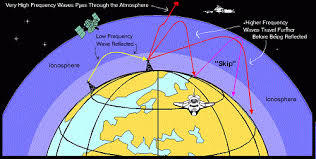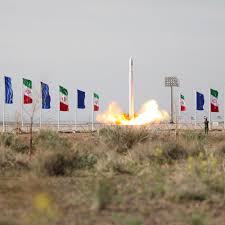
Researchers from Indian Institute of Geomagnetism (IIG), Navi Mumbai have developed a global model to predict the ionospheric electron density with larger data coverage—a crucial need for communication and navigation.
Daily Current Affairs Quiz 2020
Key-Points
The new ANNIM uses long-term ionospheric observations to predict the ionospheric electron density and the peak parameters.
Generally, ANNs replicate the processes in the human brain or biological neurons to solve problems like pattern recognition, classification, clustering, generalization, linear and nonlinear data fitting, and time series prediction.
So far, only a very few attempts have been made to model the global ionosphere variability using ANNs. The ionospheric variability is greatly influenced by both solar originated processes and the neutral atmosphere origin, therefore, difficult to model.
The researchers developed a neural network-based global ionospheric model by using an extensive database consisting of nearly two decades of global Digisonde, Global Navigation Satellite System (GNSS) radio occultation, and topside sounders observations. The data was trained with the ANNs using a high-performance computer at IIG to develop the ANNIM.
The model developed by IIG researchers may be utilized as a reference model in the ionospheric predictions and has potential applications in calculating GNSS positioning errors.





